From Otto Warmbier to Kenneth Bae: The US nationals arrested by North Korea
The hermit kingdom has arrested a number of US nationals, with Travis King being the latest to be detained, writes Faiza Saqib

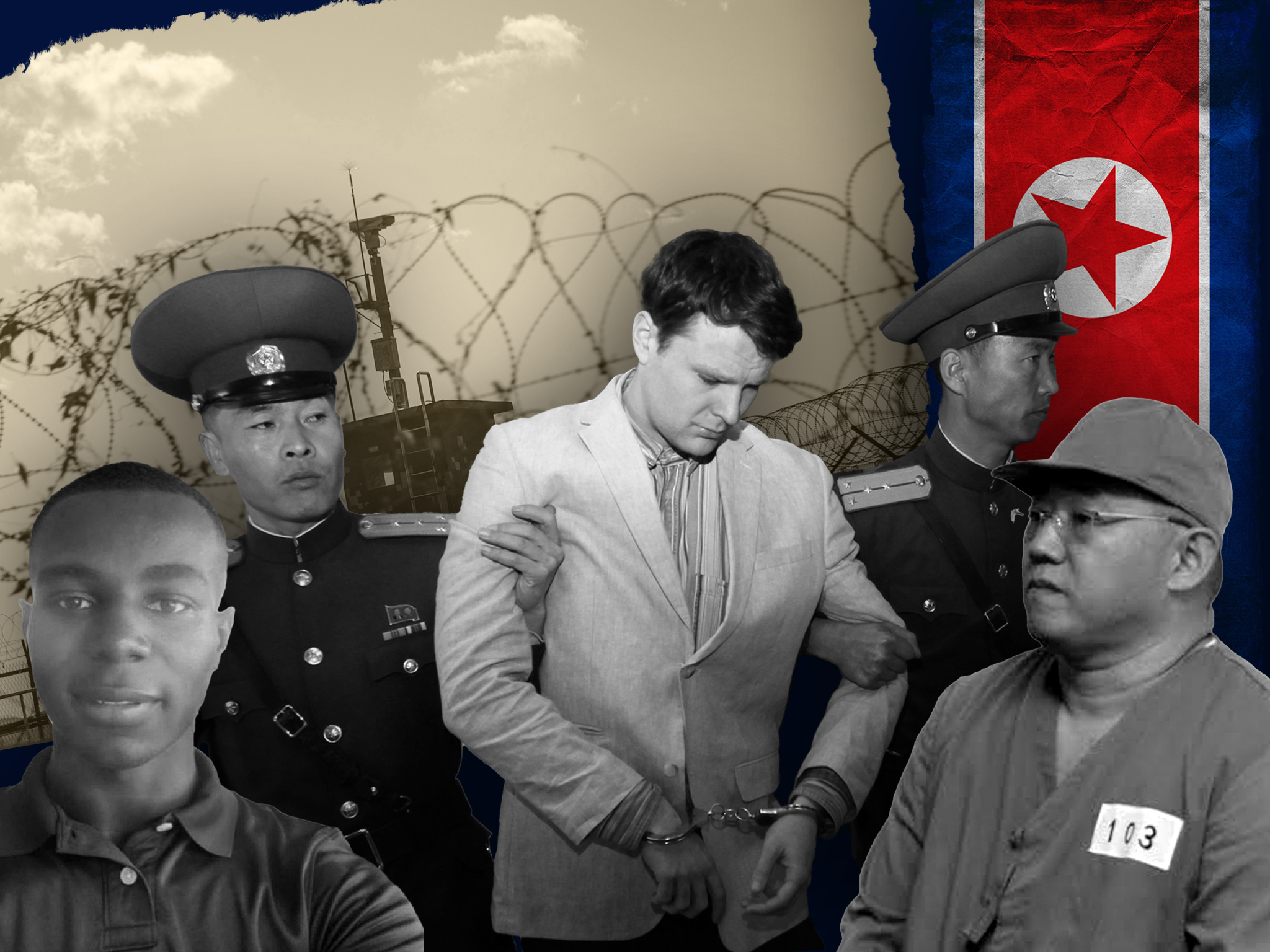
US soldier Travis King was detained in North Korea on Tuesday (18 July) after crossing into the country “wilfully and without authorisation,” US authorities said.
Colonel Isaac Taylor of the United States Forces Korea Public Affairs told The Independent: “A US Service member on a JSA orientation tour wilfully and without authorisation crossed the Military Demarcation Line into the Democratic People’s Republic of Korea (DPRK).
“We believe he is currently in DPRK custody and are working with our KPA [Korean People’s Army] counterparts to resolve this incident.”
This is, however, not the first time a US national has been arrested in the heavily surveilled country.
Here is a list of US nationals arrested in North Korea
Otto Warmbier
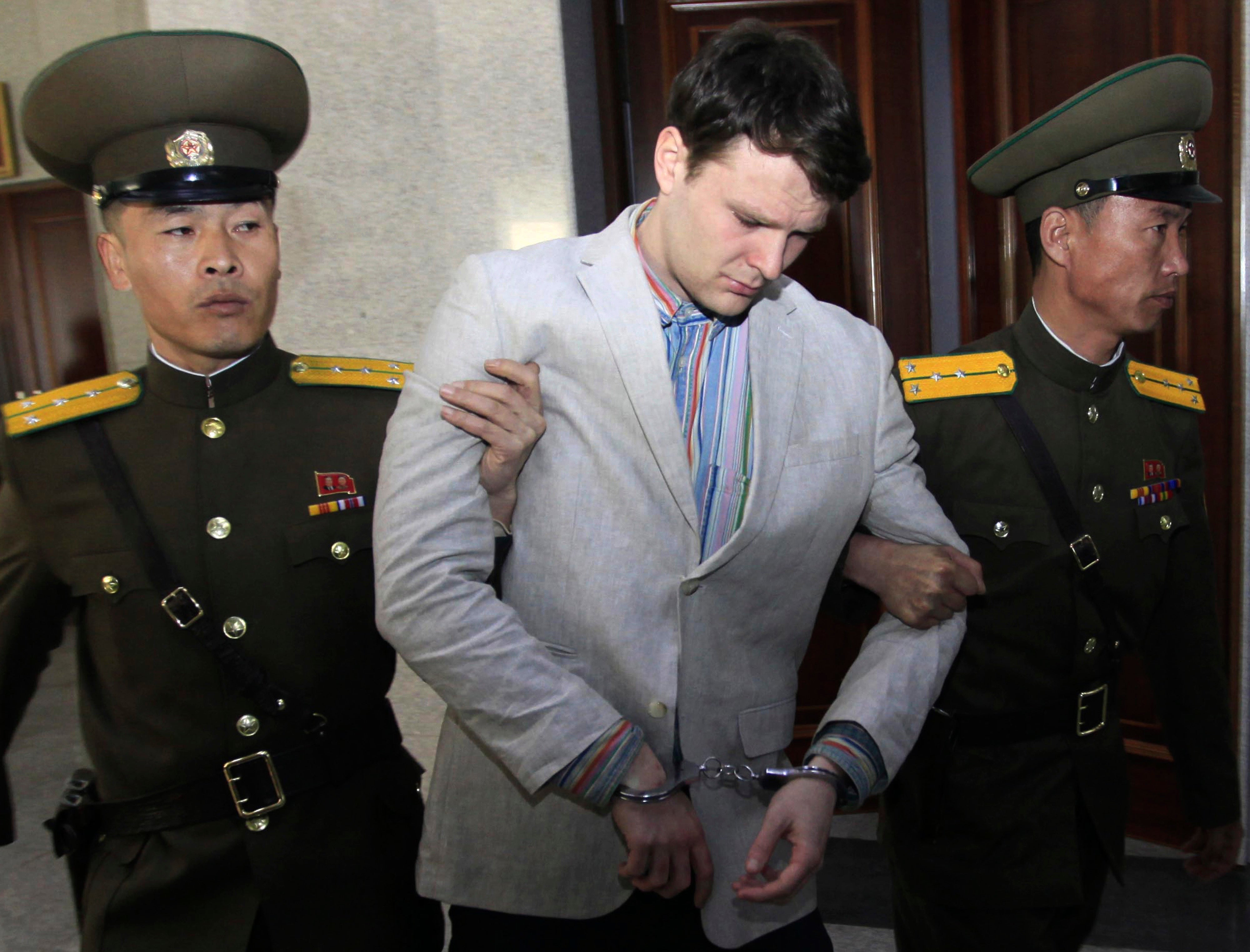
Otto Warmbier, a student at the University of Virginia, was arrested during his visit to North Korea.
Mr Warmbier was visiting the country as part of a group tour organised by a China-based budget tour operator in January 2016.
It was a five-day trip to experience the country during the New Year’s Eve period, but the trip soon took a turn. Mr Warmbier was seized by North Korean authorities from the tour group and convicted on charges of allegedly trying to steal a propaganda poster.
On 2 January 2016, about two months after this detention, the North Korean court sentenced Mr Warmbier to 15 years of hard labour.
After his initial sentencing, Mr Warmbier suffered from brain damage under circumstances that remain unclear.
In June 2017, Mr Warmbier was released and evacuated from North Korea, accompanied by a medical team due to being seriously ill.
A few days later on 19 June, Mr Warmbier passed away at the age of 22, at the University of Cincinnati Medical Center.
In a statement, his family said Mr Warmbier was “unable to speak, unable to see and unable to react to verbal commands”.
Mr Warmbier’s family accused North Korea of torturing the student, but the North denied the accusations and insisted it had provided him medical care with “all sincerity”.
The country also accused the US of a smear campaign and claimed itself as the “biggest victim” in his death.
In 2022, a federal judge ruled that Mr Warmbier’s parents should receive $240,300 seized from a North Korean bank account, which would be a partial payment toward the more than $501m they were awarded in 2018 by a federal judge in Washington.
Matthew Todd Miller
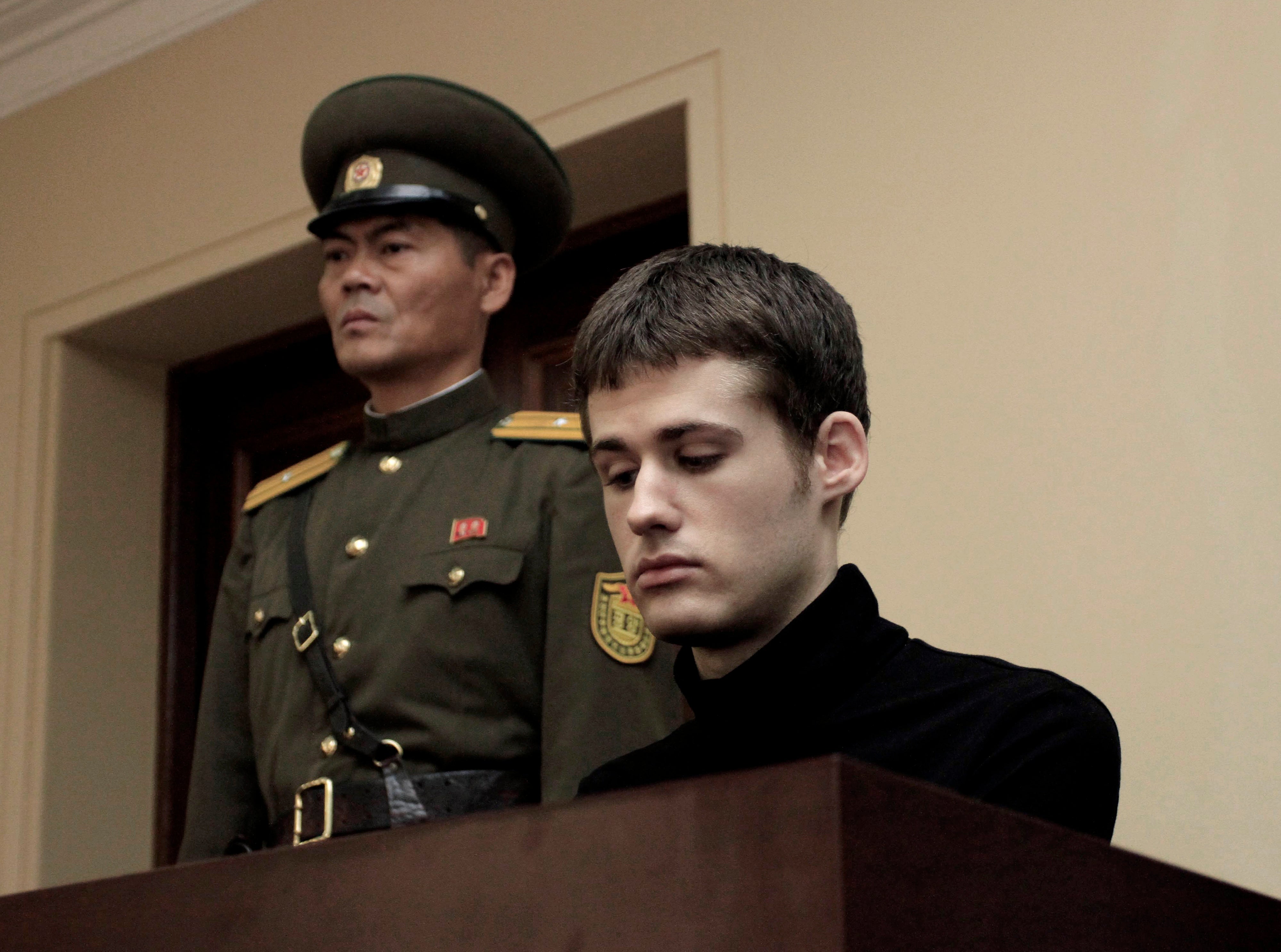
In September 2014, Matthew Todd Miller was sentenced to six years of hard labour for allegedly committing “hostile” acts as the court claimed Mr Miller tore up his visa upon arriving at Pyongyang airport.
The North Korean Supreme Court also claimed Mr Miller illegally entered the country for spying purposes and said he admitted to a “wild ambition” of experiencing North Korean prison life so that he could secretly investigate the country’s human rights conditions.
Mr Miller was freed in November of that year along with another US national, but weeks before his release Mr Miller spoke with The Associated Press, where he claimed he was digging in fields eight hours a day and being kept in isolation.
“I was trying to stay in the country. They wanted me to leave,” Mr Miller told NK News after his release.
“The very first night they said, ‘We want you to leave on the next flight.’ But I refused. I just did not leave.”
Kenneth Bae
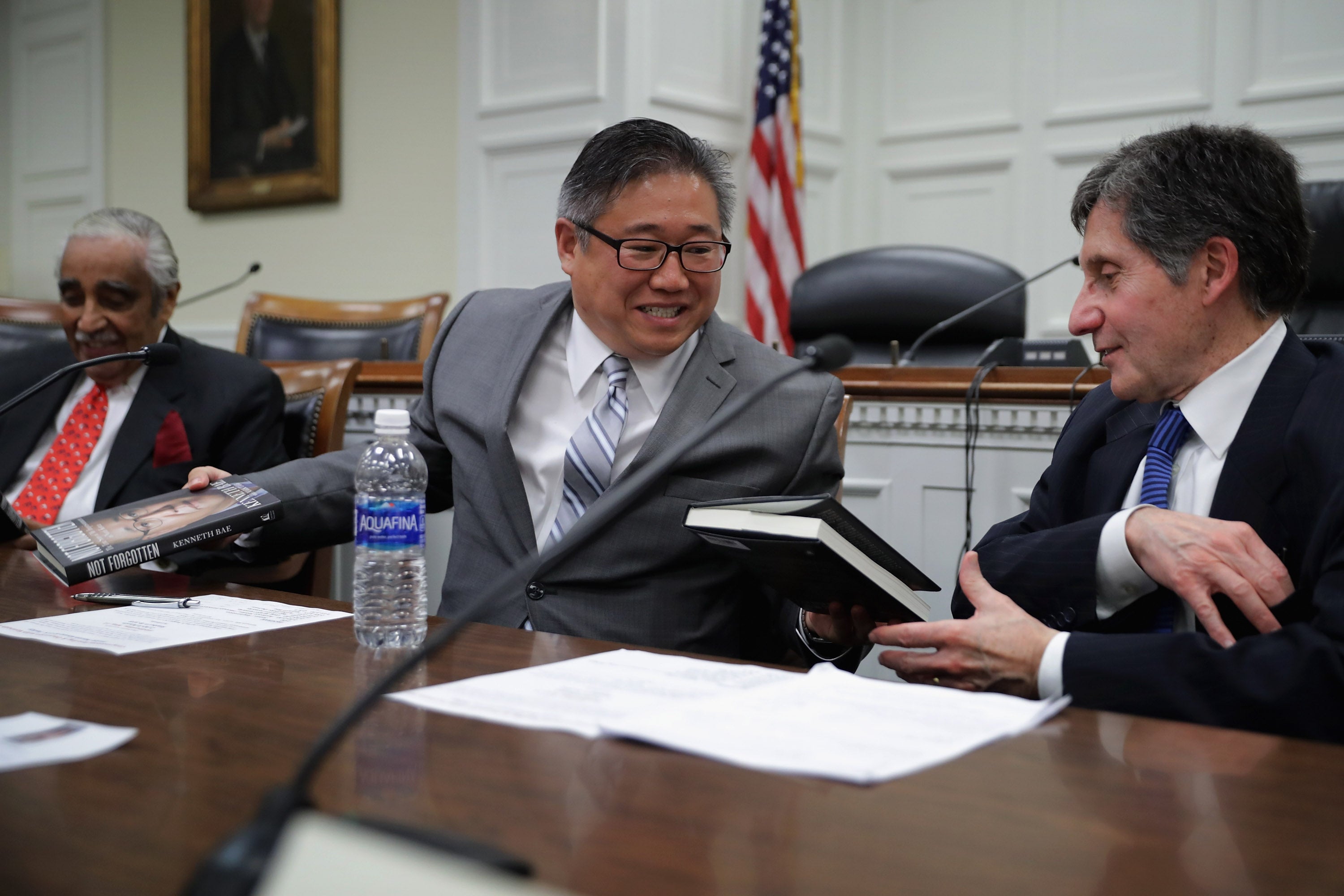
Kenneth Bae is a South Korean-US missionary from Lynnwood, Washington who was arrested on the first day of a five-day tour on 3 November 2012 in Ranson – an area along the northeastern coast of North Korea’s economic zone.
Almost two weeks after his initial arrest, the country’s official news agency confirmed his arrest and said Mr Bae committed “hostile” acts, including smuggling in inflammatory literature and attempting to establish a base for anti-government activities at a hotel in a border town.
Mr Bae’s family came forward and said he has suffered from chronic health issues, including back pain, diabetes as well as heart and liver problems.
He returned to the US in November 2014 following a mission by former director of National Intelligence James Clapper, who also helped secure Mr Miller’s release.
In a pre-taped statement for his tell-all memoir in 2016, Mr Bae said the detainment was an accident.
“I was arrested by North Korean authority because I made a terrible mistake by carrying a portable hard drive containing hostile, anti-North Korean material by accident,” he said in the YouTube statement.
Jeffrey Edward Fowle
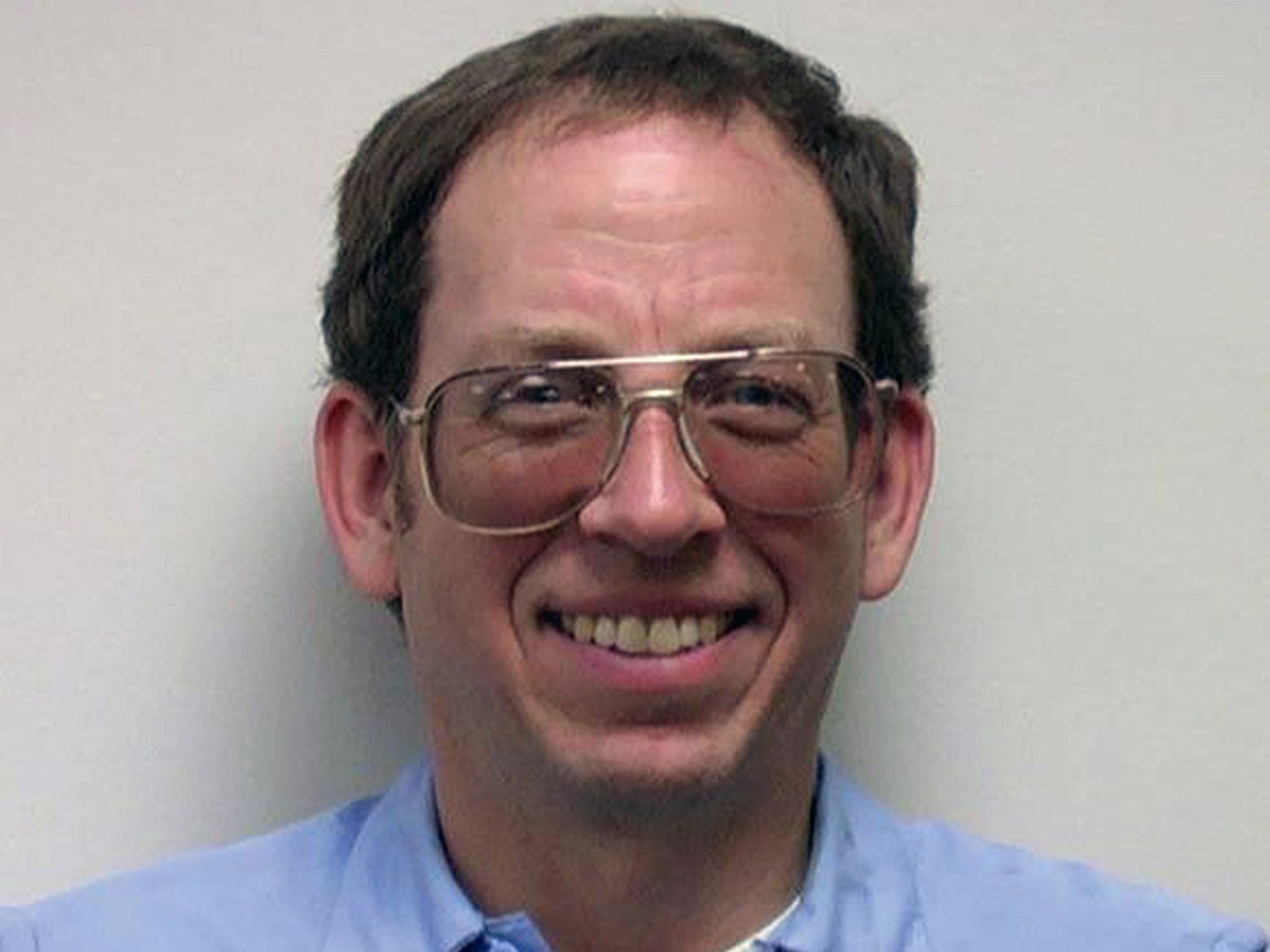
In May 2014, Jeffrey Edward Fowle, 56 at the time of his arrest, was detained while part of a tour group in North Korea.
Mr Fowle was arrested for six months after leaving a bible in a nightclub in the city of Chongjin, a country that is allegedly known to be quite strict with organised religion.
North Korea announced Mr Fowle’s detention and said he has violated the law by acting, “contrary to the purpose of tourism”.
During his detainment, the tourist also spoke to CNN and said he had “no complaints” about his treatment.
“It’s been very good so far, and I hope and pray that it continues, while I’m here two more days or two more decades,” he said.
“The charges are violations of DPRK law, which stems from me trying to leave a Bible,” he told CNN at the time.
“It’s a covert act and a violation of tourists rules. I’ve admitted my guilt to the government and signed a statement to that effect and requested forgiveness from the people and the government of the DPRK.”
He was released a month before Mr Bae, in October 2014.
Charles Robert Jenkins
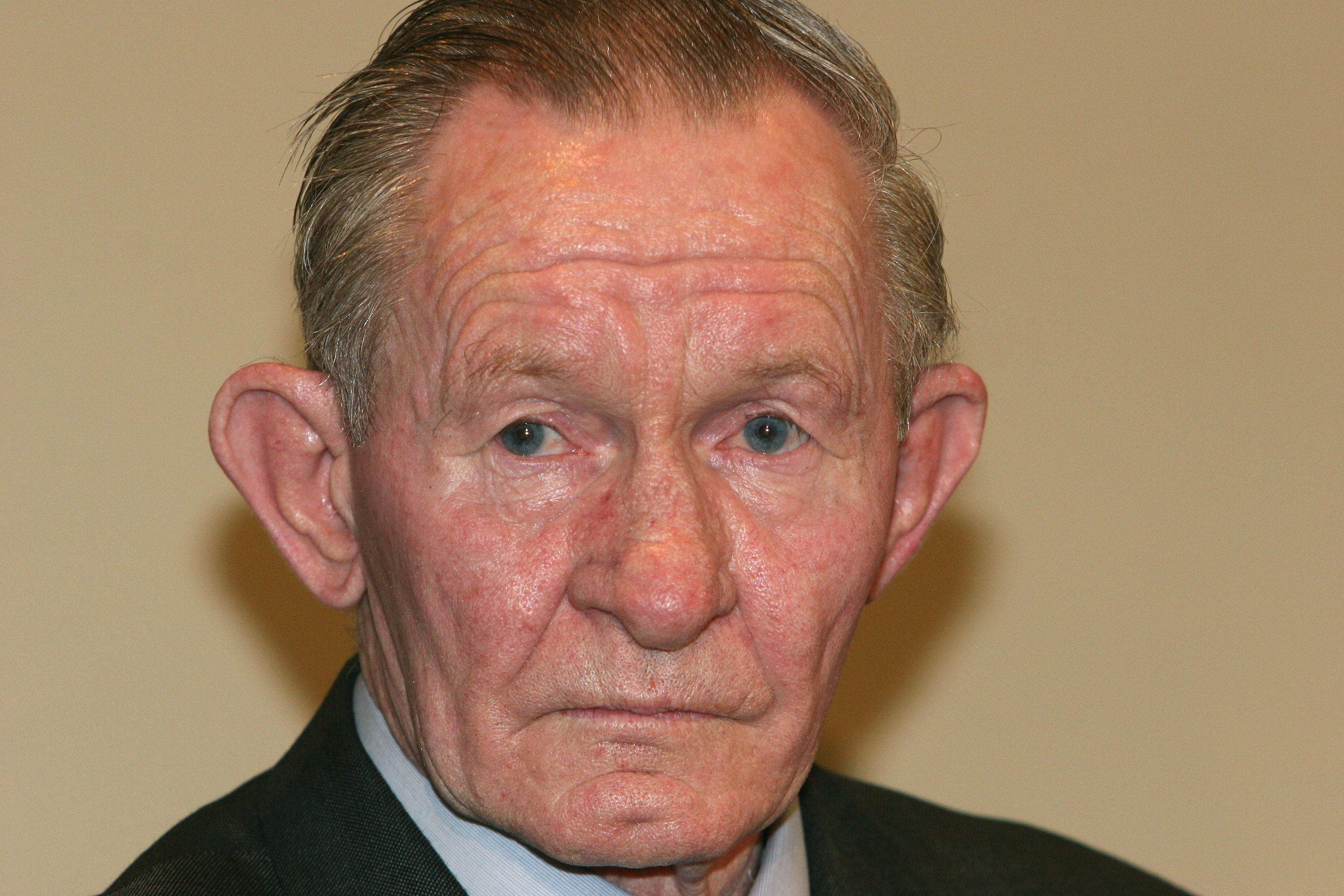
Charles Robert Jenkins, who passed away at the age of 77, was captive in North Korea for over 39 years.
In January 1965, the US Army sergeant slipped across the demilitarised zone he was supposed to be guarding and went from the South to the North.
His plan was to escape the dangers of getting shot by North Korean border guards or being sent to fight in the Vietnam War – a price he ended up paying for many years.
In 2004, Mr Jenkins made it to Japan and spoke to a US Army Court martial where he revealed the horrors he had to face during his time in detainment.
He spoke about the beatings he faced, along with deprivation and the forced removal of his testicles.
Mr Jenkins said during his arrest, he found himself incarcerated in a single room with three others who had also defected.
In his memoir The Reluctant Communist, he spoke about the decision he made and said, “I was not thinking clearly. But at the time my decisions had a logic to them that made my actions seem almost inevitable.”
Mr Jenkins said he was also forced to spend 10 hours a day memorising the writings of North Korea’s founder and then Supreme Leader Kim Il Sung. If a person failed to correctly recite the words in Korean, it could result in a beating or an increase in their study time.
“Those cruel bastards,” wrote Mr Jenkins in his memoir, “Hated me and the other Americans so deeply they refused to see us as human and enjoyed making our lives hell.”
Mr Jenkins was released in 2004 and died in 2017.
Bruce Byron Lowrance
Bruce Byron Lowrance was imprisoned in October 2018 for allegedly illegally entering North Korea from China.
He was imprisoned until November that year and was soon deported back to the US. North Korea’s decision to deport Lowrance after only a month of confinement was quick by the country’s standards.
Some might say Mr Lowrance benefitted from the cosy diplomacy between former US president Donald Trump and North Korean leader Kim Jong-un, who had met in a summit in June that year where they discussed goals for a nuclear-free Korean Peninsula.
As the summit was approaching, North Korea released three US detainees at the time: Kim Dong Chul, Tony Kim and Kim Hak Song.
But that diplomacy was shortlived after the second summit in 2019, when the US rejected North Korea’s demands for major sanctions relief in exchange for a partial surrender of its nuclear capabilities.
Euna Lee and Laura Ling
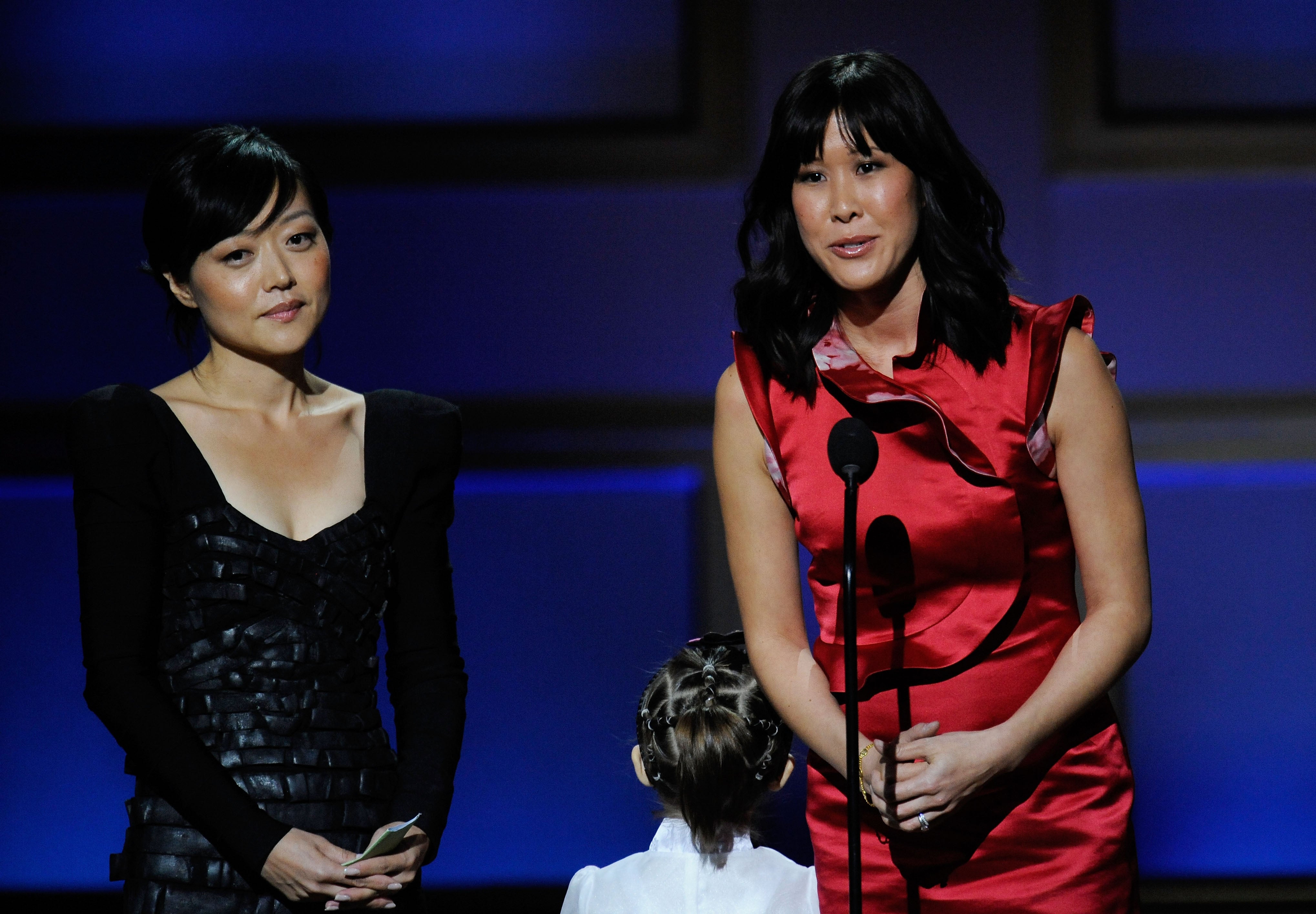
Journalists Euna Lee and Laura Ling were shooting a documentary on the Sino-North Korean border about North Korean refugees and the possible practice of human trafficking of young women.
The two journalists were reportedly captured by North Korean state security on March 2009 and taken to Pyongyang.
They were charged with “committing hostilities against the Korean national and illegal entry,” according to the North Korean mouthpiece news agency KCNA.
They were sentenced to 12 years of “reform” in a prison camp but were released after 140 days in a detention centre.
Upon their release, Ms Lee said: “The past 140 days have been the most difficult, heart-wrenching time of our lives.”
“We are very grateful that we were granted amnesty by the government of North Korea, and we are so happy to be home.”
Kwang Duk Lee
American pastor Kwang Duk Lee was arrested in May 1998 as a suspect spy in North Korea, but he was released three months later.
Mr Lee’s arrest came while he was trying to get financing for a soybean processing plant, his family had told The Los Angeles Times at the time of his release.
North Korean authorities said Mr Lee was a spy posing as a businessman and demanded $122,000 for his release.
Mr Lee was freed in August that year, three months after his arrest.
What is the Joint Security Area?
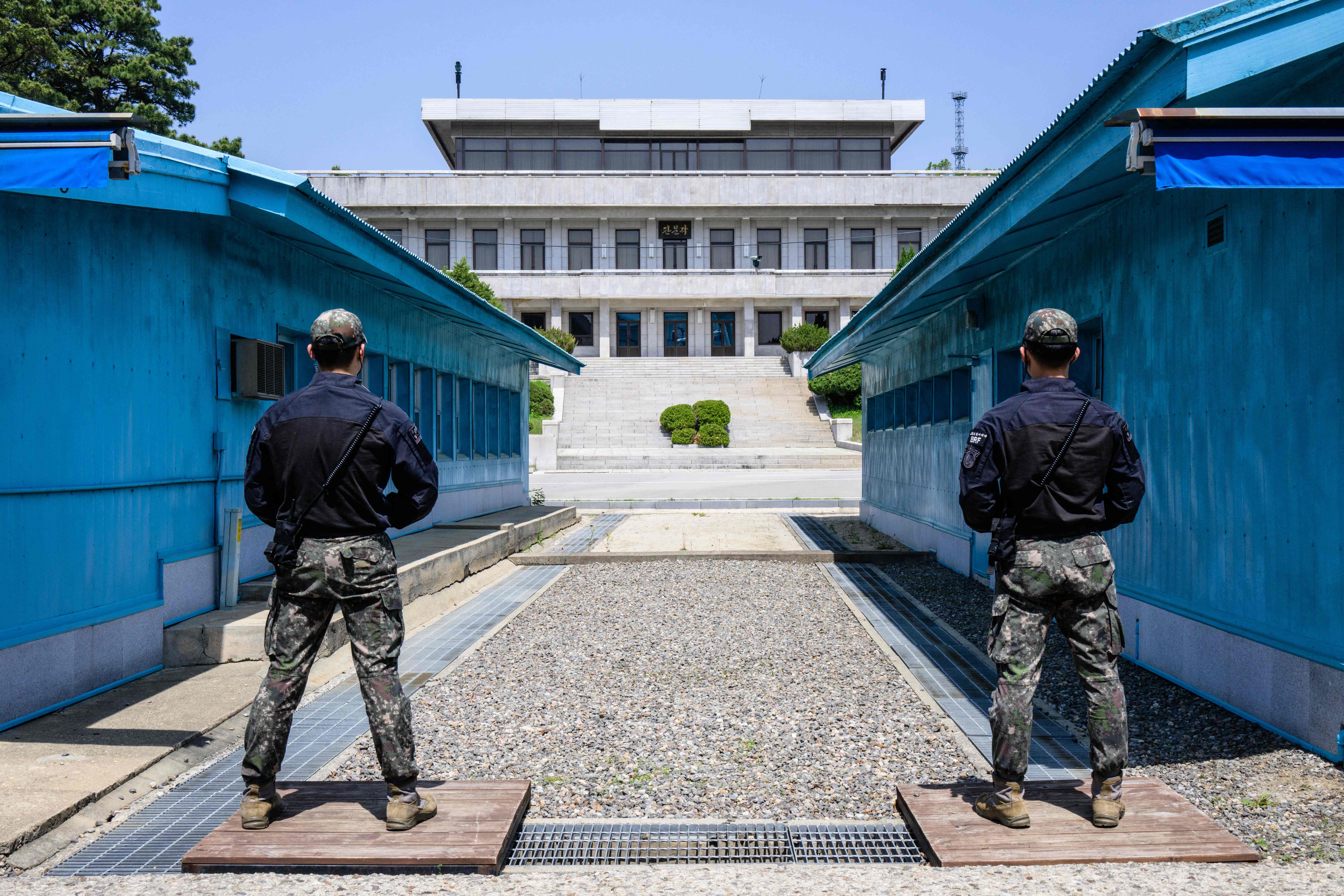
The Joint Security Area (JSA), also known as Panmunjeom, is where the Armistice Agreement was signed in 1953 and is located in the Demilitarised Zone (DMZ). It’s a place that has become one of the most visited tourist sites of the DMZ.
The border is also known as the “peace” or “truce” village and is made up of bright blue UN buildings.
Both the South and North Korean sides are heavily policed by military officers.
Follow the latest coverage on Travis King - US national detained in North Korea
Can you visit the JSA?
The area is under heavy surveillance, but people can visit through tours.
To enter the JSA, visitors much pass through multiple checkpoints before arriving at Camp Bonifas. Visitors must either be escorted by either US or South Korean Soldiers.
Additional reporting from agencies


Join our commenting forum
Join thought-provoking conversations, follow other Independent readers and see their replies
Comments